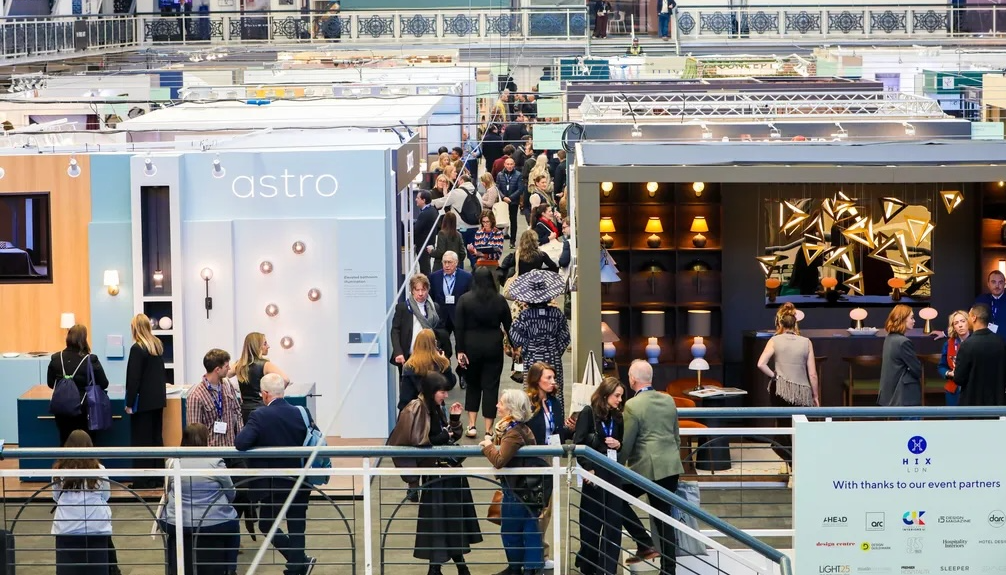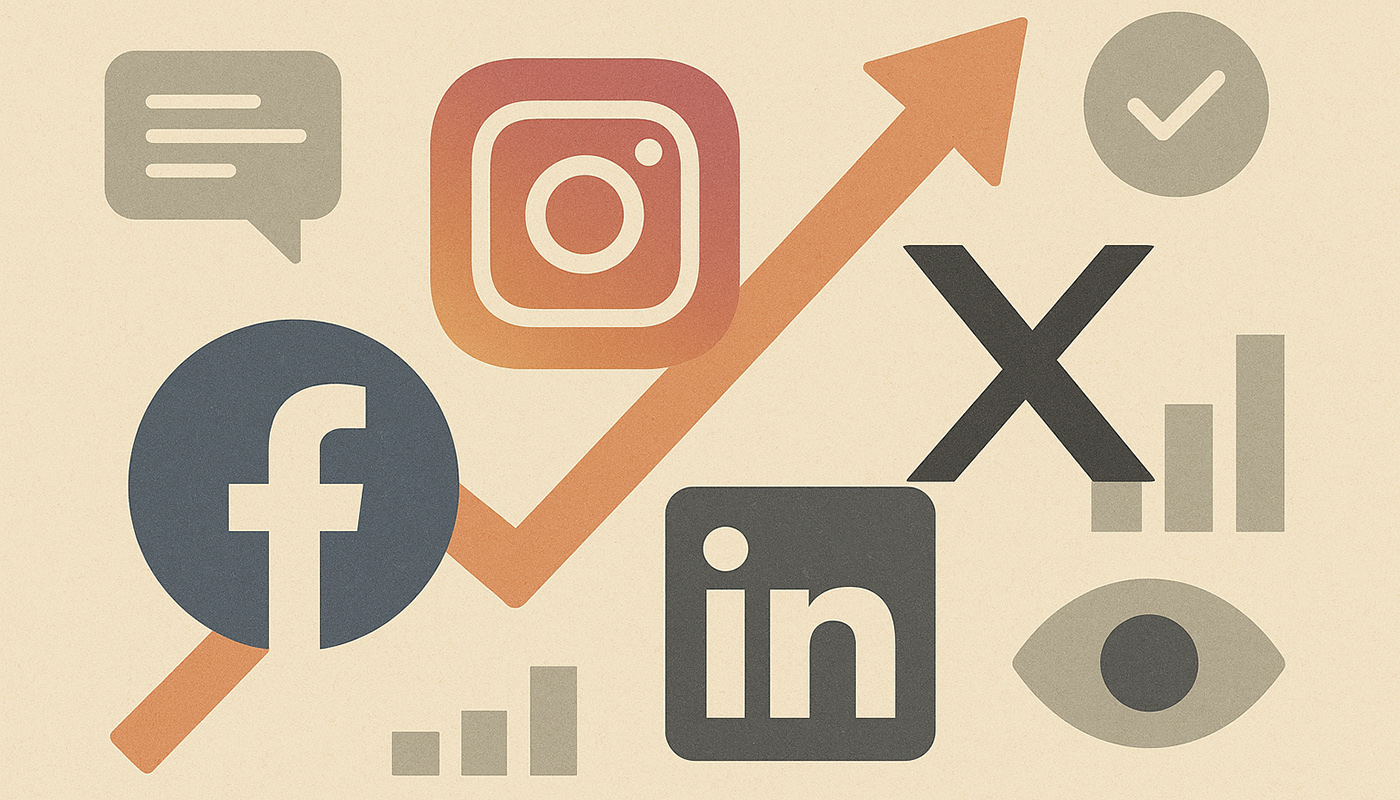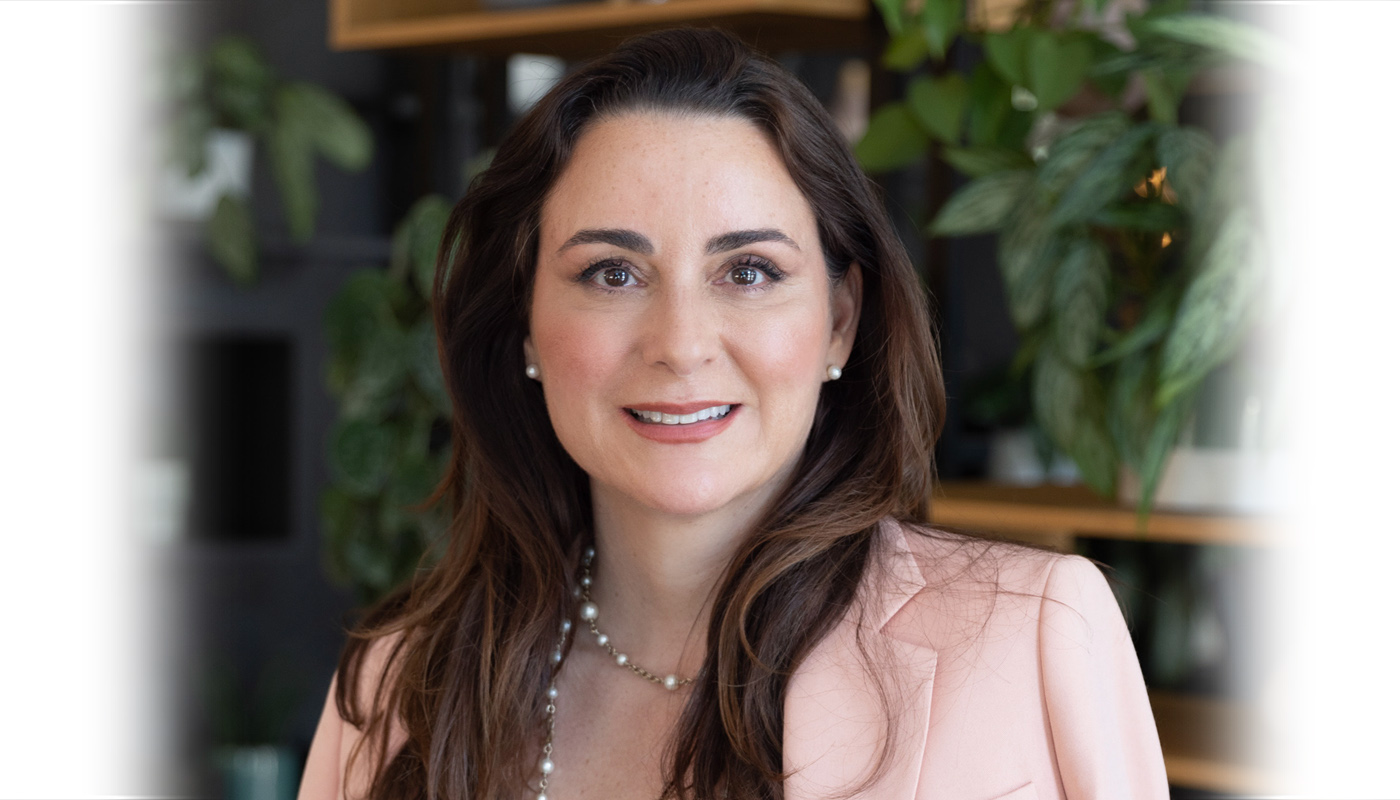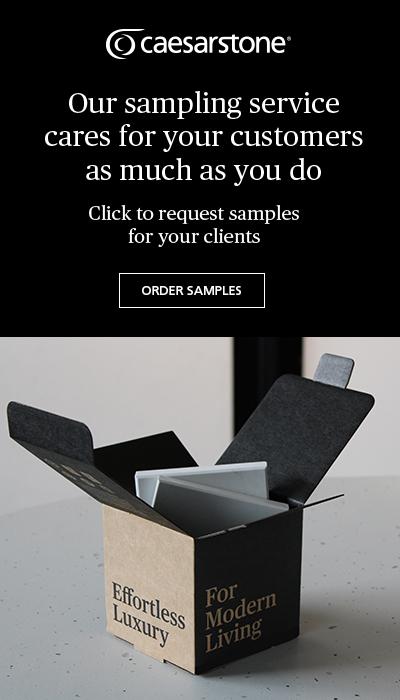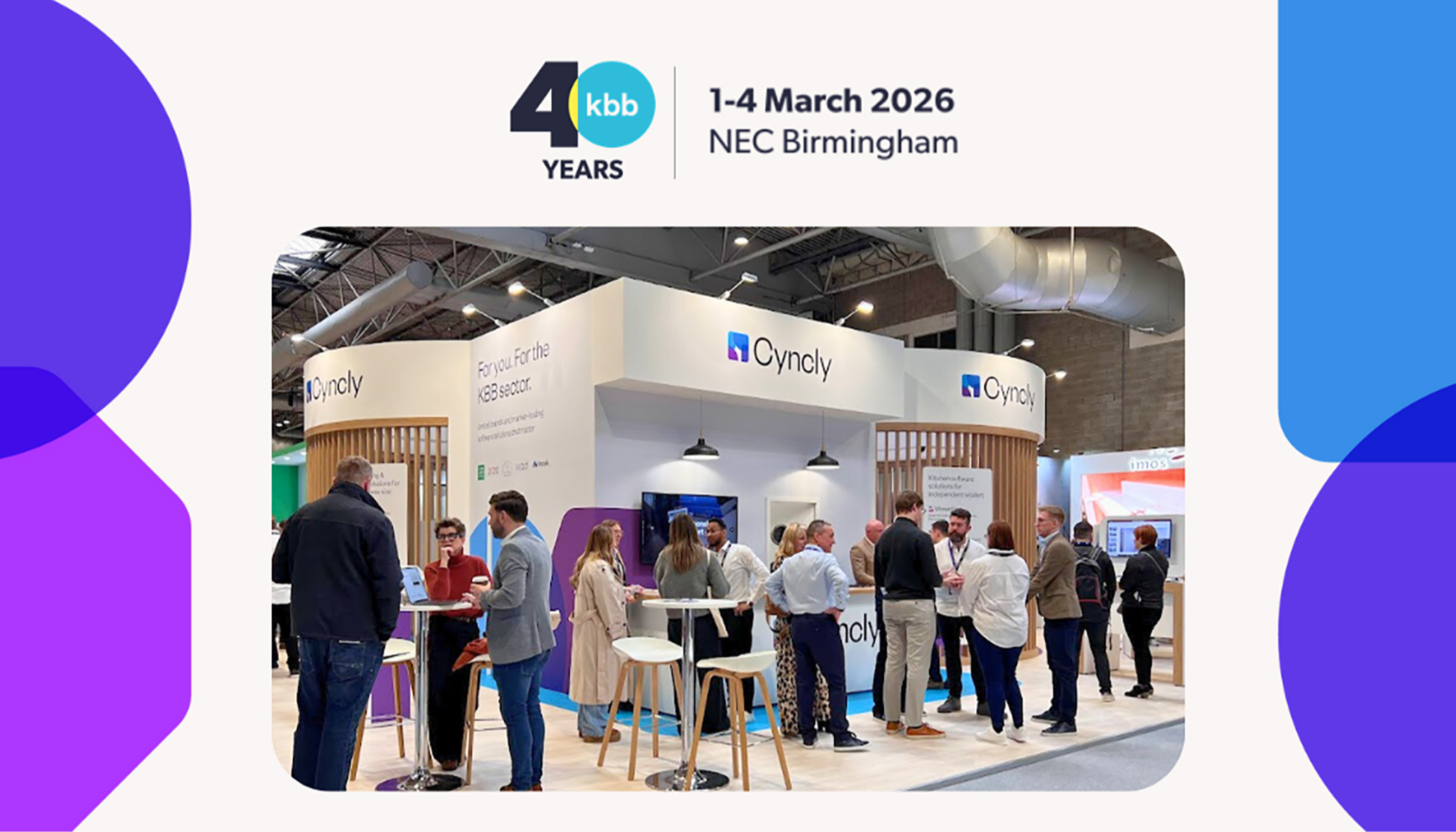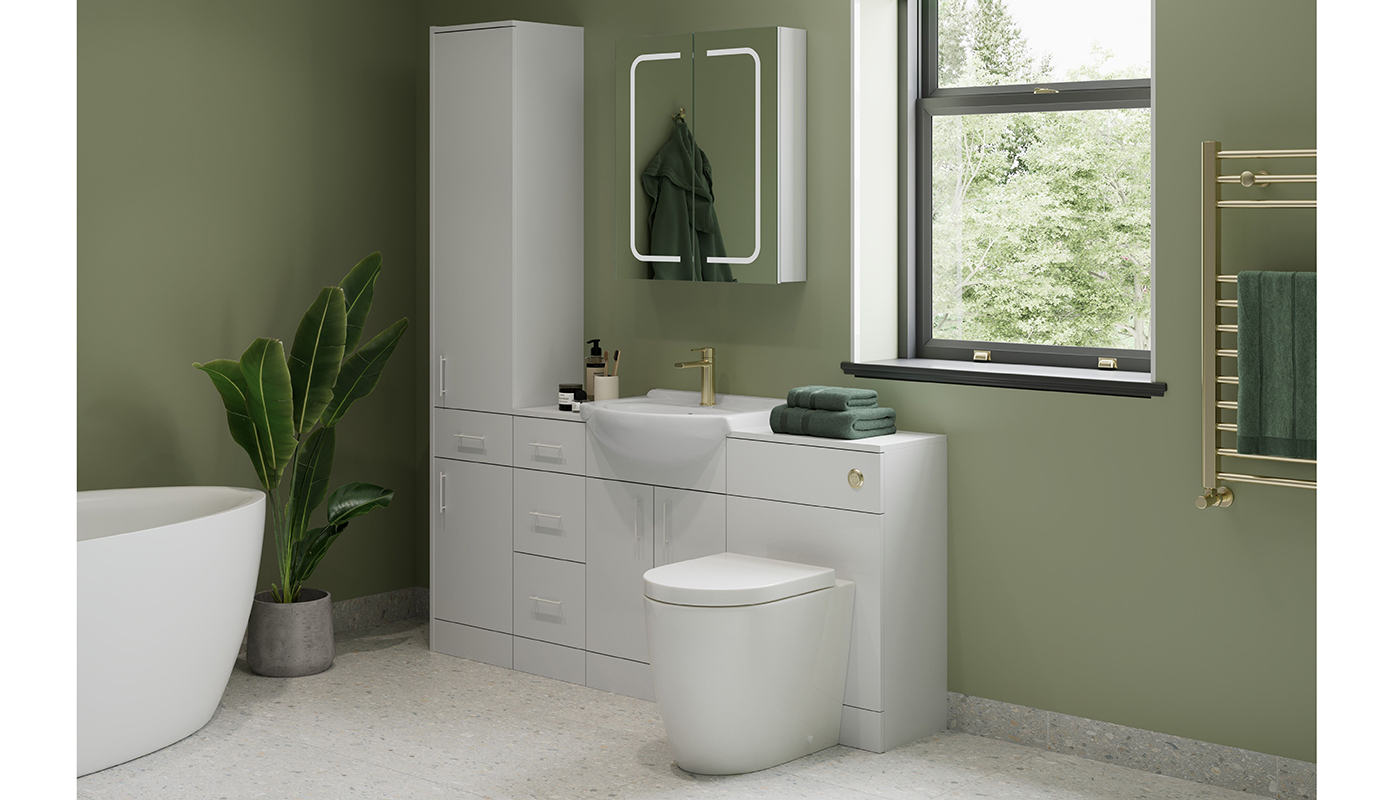Matthew Sumner – Reduce Scope 3 emissions to meet net zero targets
Mon 29th Jul 2024 by Sally Smith

Matthew Sumner – Reduce Scope 3 emissions to meet net zero targets
Matthew Sumner, interim head of measurement at Planet Mark – an internationally recognised carbon reduction and net zero specialist with over 10 years' experience – explains what retailers can do to meet Net Zero targets.
Q: What is the difference between Scope 1, 2 and 3 emissions?
A: Scope 1 emissions include direct emissions from sources owned or controlled by the retailer, such as emissions from on-site fuel combustion and fleet vehicles. Whereas Scope 2 are indirect emissions from purchased electricity, steam, heating, and cooling.
Scope 3 emissions are the indirect greenhouse gas emissions that occur in an organisation’s value chain – activities and assets not directly owned or controlled by your business. These emissions are divided into 15 categories, covering both upstream and downstream activities.
Upstream activities refer to emissions from sources related to the production and supply of goods and services before they reach the organisation, such as raw material extraction, manufacturing, and transportation. Downstream activities include emissions from sources that occur after the product has left the organisation, such as product use, disposal, and transportation to customers.
Q: What are the biggest challenges facing KBB retailers when it comes to reducing emissions?
A: There is evidence to show that Scope 3 emissions can be up to 11 times higher than a business's Scope 1 and Scope 2 emissions.
One of the primary challenges in reducing emissions, particularly Scope 3, is obtaining accurate activity data on purchased goods. This includes collecting detailed information on the production, transportation, and delivery of materials and products, which can be complex and time-consuming. Additionally, acquiring Life Cycle Assessments (LCAs) and Environmental Product Declarations (EPDs) for purchased goods is a significant hurdle, as these documents are essential for understanding the environmental impact of products but can be difficult to obtain from suppliers.
Q: What are classed as Scope 3 emissions for a business?
A: Purchased Goods and Services – this is typically the largest contributor to Scope 3 emissions for retailers. It includes all the emissions associated with the production, transportation, and delivery of materials and products purchased by the retailer. For example, emissions from the manufacturing of cabinets, countertops, brassware, bathtubs, and tiles fall into this category.
Upstream Transportation and Distribution – emissions from the transportation and distribution of products purchased by the retailer, including inbound logistics and storage. This might involve emissions from shipping kitchen appliances from manufacturers to warehouses or stores.
Waste Generated in Operations – emissions from the disposal and treatment of waste generated by the retailer's operations. This includes waste from packaging materials and unsold products.
Employee Travel and Commuting – emissions from employee travel for business purposes, such as attending trade shows or visiting suppliers, as well as emissions from employees commuting to and from work.
End-of-Life Treatment of Sold Products – emissions from the disposal and recycling of products once they reach the end of their life cycle. This includes the emissions from recycling or landfilling old bathroom fixtures or kitchen appliances.
Q: What initial steps can businesses take to start reducing their Scope 3 emissions today?
A: Encouraging suppliers to set their own targets and measure progress in reducing emissions is a major challenge. This means retailers need to collaborate closely with their supply chain partners to promote sustainability goals and potentially incentivizing suppliers to adopt more sustainable practices.
You need to have a robust reporting framework in place to monitor your total carbon footprint as you can’t manage what you don’t measure. Measuring the carbon emissions associated with each product throughout its life cycle – Product Carbon Footprinting – helps identify key areas for improvement and allows retailers to make informed decisions about product sourcing and manufacturing.
Once this is established, ensure a comprehensive strategy and clear targets are set so you have specific goals to reach. It can be daunting at first, but once you start the journey, you will see significant improvement year on year in both reporting accuracy and emissions reductions.
Q: Why is it important for retailers to opt for suppliers with sustainable strategies?
A: It is crucial for retailers to choose suppliers that adopt sustainable strategies because it directly helps them reduce their own Scope 3 emissions. This not only sets retailers apart from the competition but also enhances their brand reputation as leaders in sustainability.
Opting for sustainable suppliers improves a retailer's chances of achieving net-zero emissions by 2050, a legal requirement in the UK. By proactively reducing emissions now, retailers can avoid future regulatory penalties and position themselves as forward-thinking, responsible businesses. This strategic alignment with sustainability is not just beneficial for the environment but also advantageous for long-term business success.
Q: And what about the extra costs this incurs in the business?
A: Moving to more sustainability choices can in some cases actually reduce the cost to a business. For example using electric cars and vans instead of the regular diesel or petrol vehicles can save on fuel costs in the long run. Offering more energy-efficient appliances to customers will save them money by reducing their energy bills. This in turn adds value to the retailer’s offerings and increases customer satisfaction and loyalty.
Q: What can retailers do now to get closer to their Net Zero targets?
A: Actively marketing green products, ensuring these options are available and prominently featured will attract environmentally conscious consumers and this in turn will encourage suppliers to adopt more sustainable practices to meet retailer demand. Small changes within the business like engaging with suppliers to prioritise sustainable practices and raising employee awareness about energy conservation and sustainability can have a quick and large impact on reducing emissions.
Tags: insight, features, net zero targets, sustainability, matthew sumner, kitchens, bathrooms







